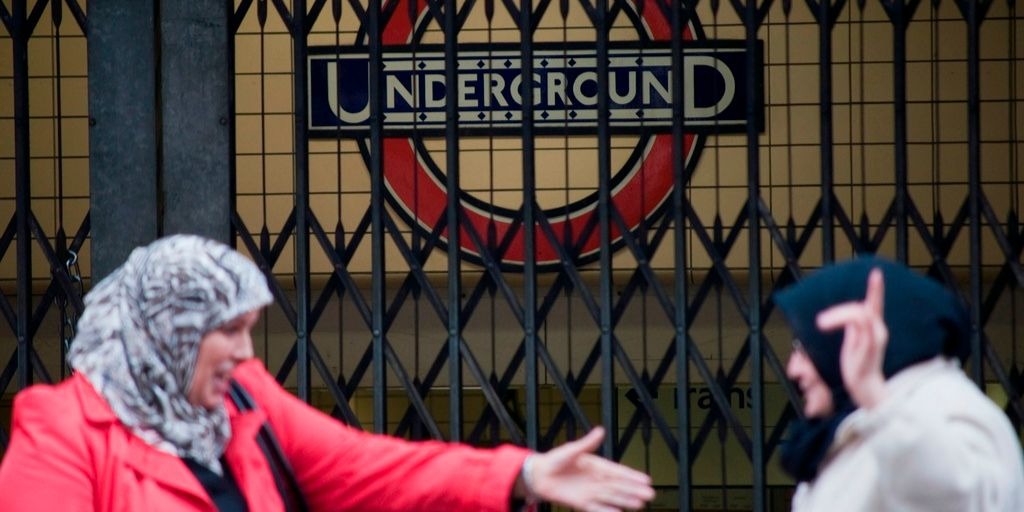Academics at an LSE panel discussion discuss how media depictions of non-western cities rely on stereotypes and reduce urban identities to extremes.
What do you think of when you think of Mumbai? The city as you know it, or the city as you’ve seen it depicted in films? Following the global success of “Slumdog Millionaire”, Danny Boyle’s Oscar-winning tale set in Mumbai’s Dharavi slum, the city has come to exist both as it is and as it has been captured on screen. A recent panel discussion at the LSE, Visible Cities: International Media Portrayals of Cities in the Global South tackled these questions while interrogating how the international media depicts non-western cities.
Panelists argued that media depictions of cities in the Global South rely on stereotypes and reduce urban identities to extremes—for instance, violent or romantic. They also pointed out that media depictions tend to ignore the ‘spaces in between’, complex zones where cities are simultaneously violent, prosperous, functional, safe, inhabited. The discussants rejected the idea of distilling urban complexity into a single articulation; instead, they asked why there aren’t more diverse and imaginative representations of cities in the Global South, given the plurality of media texts emerging from Bollywood, Nollywood, Lollywood and other indigenous production venues.
LSE’s Dr. Shakuntala Banaji pointed out that films increasingly have anthropological value, which is why their depictions of cities are worth examining. Her research on “Slumdog Millionaire” audiences revealed that viewers believed the film to be an accurate and authentic representation of Mumbai. For them, Boyle’s film, an artefact of popular culture, stood in for the city and offered the ultimate opportunity—to look, but not touch. Banaji argued that film studies and journalism focus on the aesthetic representation of cities in films, but neglect to deconstruct the sociological representation of urban experience that media texts offer. She called for greater scrutiny of the “after-image” of cities left with media consumers.
Like Banaji, Dr Vandana Desai, senior lecturer in the geography department at Royal Holloway, also focused on media representations of Mumbai. She argued that the tendency to depict Mumbai as a city of binaries – violence and joy, poverty and opulence – is a throwback to orientalist tropes, whereby the ‘other’ is portrayed as exotic and extreme. This orientalist reading also helped explain Boyle’s success in ‘selling’ Mumbai’s poverty to international media consumers; Desai questioned whether the film would have done as well if it had been produced by an Indian. Given the challenges posed by media depictions of cities, the debate as to whether it is possible to get beyond a geographically pure definition of cities continues.







I’m amazed, I have to admit. Seldom do I come across a blog that’s equally educative and entertaining, and let me tell
you, you’ve hit the nail on the head. The issue is something too few people are speaking intelligently about.
I’m very happy I stumbled across this in my hunt for something regarding this.